If you are planning to buy an old house, make sure not to miss out on a chimney inspection. The older the houses are, the more problems their chimney will likely have. Here are some issues common with an old chimney in houses.
No Chimney Liner
Starting off with the basics, historical or old chimneys never had a liner. That resulted in the heat from the fireplace breaking the brick-and-mortar over time. This led to cracks and holes in the chimney setup.
Flue Liner Damage
The flue liner is the protective barrier inside your chimney, preventing heat and gases from damaging the walls. If the flue liner of your set is damaged or broken, it can cause a fire or carbon monoxide poisoning.
Damage To The Masonry & Mortar
Next in line among the issues is damage to the masonry and mortar. Weather conditions and constant wear and tear can take a toll on chimney materials. This makes them crack, crumble down, or even break apart.
In case you see any damage, it is best to have a screening and repair as soon as possible.
Settling
Old-aged and historical homes are more prone to settling with time. This means that the home’s foundation slowly sinks into the ground. This phenomenon results in many sorts of problems, making the chimney lean in a position.
The whole situation puts added stress on the structure of the chimney and eventually leads to cracks and collapse.
Weather Wear and Tear
Weather damage is a common problem with old houses with historic chimneys. This is seen increasingly in those areas that experience severe weather changes, this includes high winds, thunderstorms, tornadoes, and even hurricanes.
Nowadays, modern homes are made while keeping these things in mind, and they can withstand these weather changes easily. Whereas old homes often cannot.
Therefore, newly built homes sustain serious damage during seasonal changes. In case you reside in an area that is susceptible to severe weather change, have your historic home chimney regularly inspected.
Spalling
This is another old chimney problem that happens due to the weather shift. The freeze and thaw cycles are usually brutal on older masonry. Winter extreme temperatures can affect a chimney’s safety and functionality to a great extent.
Since the bricks are porous, they become prone to this trouble. Moisture absorption into the bricks during cold weather leads to the freeze-and-thaw cycle. The moisture inside expands the brick, weakening it. With time, bricks break and lose chunks of it; this process is known as spalling.
Pyrolysis – Long Term Heat Exposure
You may find exquisite beauty in these older homes; however, it is mostly the safety standards in question. More so of fireplaces that are not built the same as they are today.
The older the house, like ones built in the 1940s or earlier – the more likely it is on the verge of potential pyrolysis complications.
Pyrolysis is the slow but steady increase in flammability risk. Heat exposure for a long time from frequent use of fireplaces slowly dries out nearby wood. The addition of chimney liners prevents old pyrolysis from happening.
Chimney Crown Damage
The chimney crown is a concrete cap at the top of the chimney. It cracks and deteriorates over time, letting water flow into the chimney. Chimney crowns are easily repairable or replaceable to prevent further damage.
Age-related Wear and Tear
Over time, all chimneys will experience wear and tear that can lead to problems. Regular maintenance and inspections help identify and address age-related issues. If the chimney is very old and has significant damage, it may need to be rebuilt.
Final Words
The old constructions of homes were usually built by the standards of old times. If you are planning to buy an old house with historic chimneys, contact Brusher’s Chimney for a quick inspection and same-day chimney repair in Houston—Dial (346) 258-3477 to connect with us.


